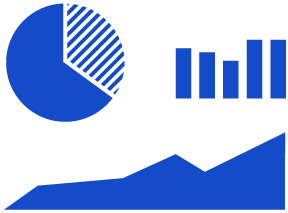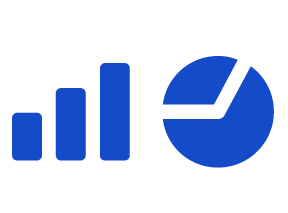The complete investment data aggregation, analytics and reporting platform
Resource Library
Expert insights and actionable guidance tailored for asset owners, managers, and advisors. Elevate your investment management strategy with our deep-dive analyses and industry-leading perspectives.


Sort by
%20(1).png)
Content Library
Discover how trust companies are transforming bookkeeping with Sesame Data and offsetting implementation costs with Jersey's Better Business Grant
For risk management, the ability to demonstrate extensive expertise alongside a deep understanding of the investment side of the business is crucial. But what best practices do firms need to follow to achieve an institutional-level standard of risk management?
The launch of Sesame 3.0 marks a fundamental shift, making Sesame your command centre for investment management. It’s better connected than ever, with a revolutionary new reporting tool and a completely new way for you to drive collaboration across your team. Discover the capabilities that have made us so excited to announce Sesame 3.0.
So you know you need a robust, institutional-grade risk management capability to attract investor allocations and meet clients’ ongoing demands. But what does a fit-for-purpose risk management and reporting function entail in practice?
Family offices now manage complex, multi-asset-class portfolios, with fragmented data sources that comprise disparate, non-standardised data sets. How can these data sourcing challenges be overcome?
Discover the top 7 things you should consider when assessing risk management service providers.
Discover the top 5 data challenges fuelling the adoption of technology by trustees.
Trustees are under more pressure than ever. To fight back against the squeeze on margins, find out why trustees are choosing Sesame to automate bookkeeping and digitalise monitoring.
As family offices deliberate on how best to navigate the choppier waters ahead, here are five ways that data and technology can help you stay on the front foot in volatile markets.
Across the investment management spectrum, the need for a radically different approach to investment reporting has never been greater.
In this shifting landscape, implementing a data-driven, agile approach to investment reporting can help asset and wealth managers get back ahead of the game.
As fast, sophisticated data management becomes business critical, what are the benefits data APIs can offer your organisation?
In a world of rising client, regulator and staff expectations, portfolio and risk management capabilities quickly become outdated. Cloud-based platforms offer the solution.
Implementing a fit-for-purpose risk management and reporting function is expensive. But for asset managers, the cost of sub-standard risk capabilities is even higher.
Enrichment is an important element of the consolidated reporting process. This is because it adds colour and granularity to the raw data that the family office sources from its custodians and stores in its database. It does this by appending to the raw data descriptive metadata from secondary sources. So, what should your family office know about enrichment?
For downstream reporting, disparate information needs to be transformed into a single standardised schema, which can be processed systematically. And once the data is harmonised, it has to be stored – in a database. Discover the four key database considerations for family offices.
Offices
London Office
52a Cromwell Road
London, SW7 5BE
United Kingdom
Paris Office
140 rue Victor Hugo
92300 Levallois-Perret
France



%20(1).png?width=1200&height=800&name=INSIGHTS%20EXCHANGE%20(1200%20x%20800%20px)%20(1).png)


%20(1).png?width=1200&height=800&name=Asset%20graphics%20for%20website%20(1200%20x%20800%20px)%20(1).png)

%20(1).png?width=1200&name=INSIGHTS%20EXCHANGE%20(1200%20x%20800%20px)%20(1).png)
%20(1).png?width=1536&name=Untitled%20design%20(11)%20(1).png)

.jpg?width=800&name=DocAI-Blog-img_v02.2_800x550%20(1).jpg)









.png?width=1200&name=image%20(17).png)



.jpg?width=1200&name=investment-monitoring-Blog_v02%20(1).jpg)
-1.jpg?width=1200&name=FO-productivity-Blog_v01%20(1)-1.jpg)


/Blog%20and%20content%20images/Private-Asset-Reporting-Blog_v01.jpg?width=1200&name=Private-Asset-Reporting-Blog_v01.jpg)


.jpg?width=1200&name=FO-services-blog-img_v02%20(1).jpg)


















/Blog%20and%20content%20images/Why%20IMs%20need%20a%20Data%20API.jpg?width=1200&name=Why%20IMs%20need%20a%20Data%20API.jpg)
.jpg?width=1200&name=Cloud-based-investment-management-software%20blog%20(1).jpg)



